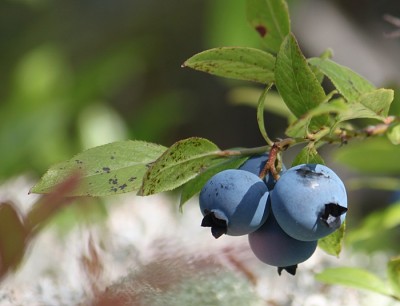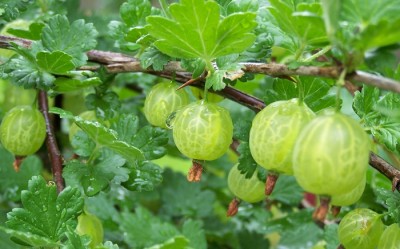|
Listen To The Article
|
Many of us living off-the-grid have a robust garden to supplement the homestead’s food supply. Usually, the garden relies on annual plants like tomatoes, corn and squash. However, a great way to supplement the food supply longer term is with perennial berries. While it takes two or more years to reach the fruit-bearing stage, the extra time is well worth the investment.
For those living in the northern parts of the climate, the good news is that a lot of berries prefer moderate summers and cold winters. While southern gardens often outperform northern gardens in colder climates. When it comes to perennial berries, colder is better than hotter.
1. Blueberries
While blueberries are commonly found in supermarkets today, it wasn’t until 1909 that varieties were developed that could be reliably cultivated. Before that, you had to pick them wild.
The Best Source For Non-GMO Heirloom Seeds Is Right Here!
For the northern garden, choose northern highbush varieties. Cross-pollination is essential, so choose two or three different types to plant together. Place the plants four to six feet apart in a sunny or partly sunny location.
Three conditions must be met for blueberries to thrive: adequate water, weather that is not blazingly hot, and the right soil. You may have heard that blueberries require acidic soil, and this is not an exaggeration. They thrive in a pH around four. Therefore, when planting blueberries, remove the original soil and replace with a mix of 50 percent peat moss and 50 percent potting soil (or a mixture of compost and vermiculite). A water-logged soil with a high pH simply won’t work. (Recommended: How to Successfully Grow Blueberries.)
2. Gooseberries (Ribes hirtellum)
Never had a gooseberry? Well, your ancestors probably did. These tart green, pink or red berries once were common. However, it was discovered that the plants were carriers of white pine blister rust. Many states made it illegal to grow them. Removing gooseberries however, had little impact on combatting white pine blister rust, so they are legal again in most places. Still, permits are required in some states like Idaho, New Jersey, Washington and Vermont. If you decide to grow them, just check with your county.
Gooseberries prefer well-drained, well-composted soil with a slightly acidic pH, and benefit from some nitrogen each year. Space the plants five to six feet apart.
Gooseberries do much better with pruning. Remove weak or diseased stems, and those older than three years. (Recommended: How To Grow Gooseberries.)
3. Raspberries
There’s nothing better than a ripe raspberry plucked from the vine.
Raspberries likely originated in eastern Asia. Although historical evidence shows they were consumed much earlier, humans began cultivating them about 6,000 years ago. While the berries have always been popular, earlier civilizations also valued the leaves for medicinal purposes.
European settlers brought raspberries to the Americas, and introduced many new varieties based on crossing raspberries with native blackberries.
New Natural Fertilizer Doubles Garden Production!
Raspberries are differentiated by both color and when they bear. Colors range from yellow to pink to red to purple to black. Summer-bearing varieties have one large yield in June, whereas ever-bearing (or fall-bearing) varieties have smaller yields over an extended period of time.
Raspberries prefer well-drained, nutrient-rich soil with a slightly acidic pH. Plant red and yellow raspberries in rows with the plants about three feet apart. Plant purple and black raspberries in clumps.
Pruning is essential to maximize yields, and exactly how to prune depends on the color and whether the variety is summer-bearing or ever-bearing. (Recommended: How To Grow Raspberries.)
4. Currants
These small cold-hardy berries, which come in a variety of colors, are a lot more common in Europe than in the United States. Like gooseberries, they are carriers of the white pine blister rust disease, so check with your county to verify it is okay to grow them.
Currants must be cooked to be palatable.
However, despite this, they are a great choice for the off-the-grid homestead for two reasons. First, they are very productive, long-lived perennials. Second, they make great fruit desserts and preserves, which are an important part of any homestead’s winter fare.
Like most other perennial berries, currants like slightly acid, rich soil and should be planted about four feet apart.
Pruning is also important. The first season, prune the stems down so that three or four buds remain. During the second year, cut down all but six to eight stems. The remaining stems should be cut to about one-third their original height. In the years after, remove any old, weak or diseased stems. (Recommended: How To Grow Currants.)
It takes an investment of time and hard work to prepare the soil and plant perennial berries. However, these hardy berries will reward you with years of fresh berries and preserves.
What perennial berries would you add to the list? Share your advice in the section below:
 Off The Grid News Better Ideas For Off The Grid Living
Off The Grid News Better Ideas For Off The Grid Living






